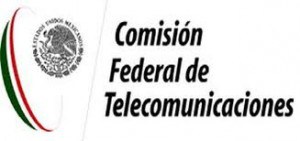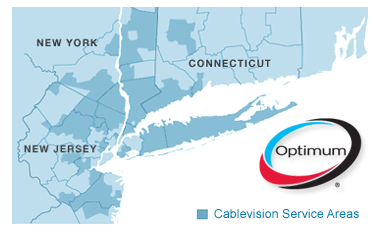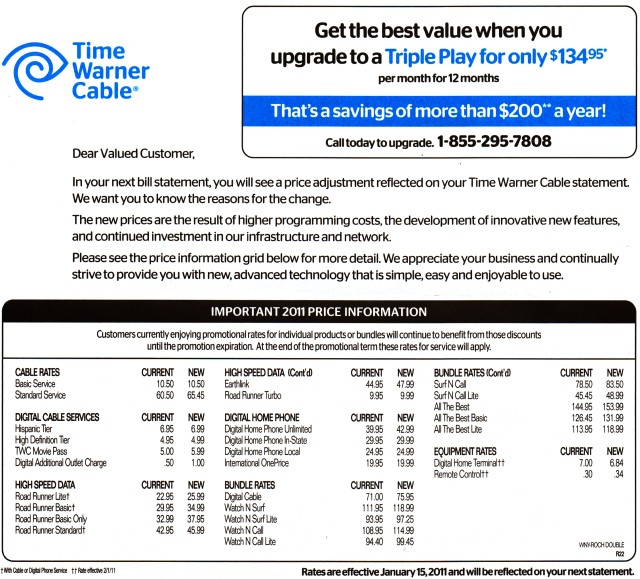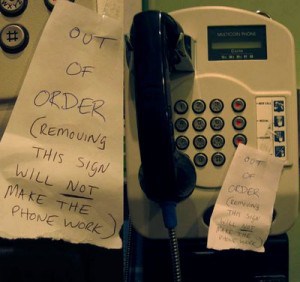 Just in time for New Year’s Eve, AT&T is pushing revelers off its 3G network onto a newly expanded Wi-Fi hotzone that encompasses Times Square.
Just in time for New Year’s Eve, AT&T is pushing revelers off its 3G network onto a newly expanded Wi-Fi hotzone that encompasses Times Square.
It’s all part of AT&T’s plans to improve connectivity for smartphone customers enduring the company’s overburdened 3G network. A year ago, it could take 10 minutes or more for an AT&T smartphone user in a crowd to bring up a single web page. That’s because too many other AT&T customers were trying to do the same thing at the same time.
In Times Square, where an estimated one million people are expected to ring in the new year, it’s a safe bet more than 200,000 AT&T customers will try and upload photos and send New Year greetings to friends and family back home. They’ll have a better chance of success using AT&T’s Wi-Fi.
[flv width=”640″ height=”500″]http://www.phillipdampier.com/video/ATT Expands Wi-Fi Hotzones Connections in United States 12-28-10.flv[/flv]
An AT&T social media representative introduces the new hotzone in Times Square. (1 minute)
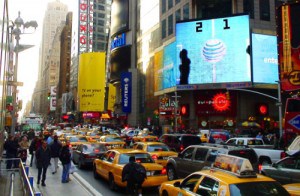 AT&T has been installing hotzones, accessible by their customers, in large gathering spots in cities like New York, Chicago, and San Francisco to address complaints from customers about network congestion.
AT&T has been installing hotzones, accessible by their customers, in large gathering spots in cities like New York, Chicago, and San Francisco to address complaints from customers about network congestion.
“Our initial AT&T Wi-Fi hotzones have received great customer response and supported high data traffic,” says John Donovan, AT&T’s chief technology officer. “The pilot demonstrated the clear benefits of having fast and readily-available Wi-Fi options for our customers and our network, and so we have decided to deploy hotzones in more locations.”
AT&T’s outdoor hotzones typically deliver a signal across several city blocks and are intended for those on the go. They join more than 20,000 indoor Wi-Fi hotspots already accessible to AT&T customers.
A strong Wi-Fi signal means reduced battery consumption and faster speeds. And unlike AT&T’s 3G network, using Wi-Fi won’t eat into your monthly usage allowance, a major issue for those facing AT&T’s Internet Overcharging scheme on the wireless side, which delivers only 2GB of service per month before overlimit fees kick in.
But Wi-Fi alone cannot work miracles, and AT&T has no idea whether the hotzone in Times Square will have enough capacity to meet customer needs. But the company is satisfied that it will certainly help, which is why it plans to continue installing the outdoor networks in other high volume areas.
Verizon Wireless already operates its own Wi-Fi network in Times Square for many of the same reasons.
[flv width=”640″ height=”380″]http://www.phillipdampier.com/video/ATT Wi-Fi.flv[/flv]
AT&T explains how to use their Wi-Fi network. (5 minutes)


 Subscribe
Subscribe